There are plenty of mistakes to be made when designing or re-designing a garden, but there are a lot that can and should be avoided. We asked a host of experts what mistakes people commonly make when designing a garden and exactly how to avoid them.
Garden design mistakes and how to avoid them
1. Skinny borders around a central lawn
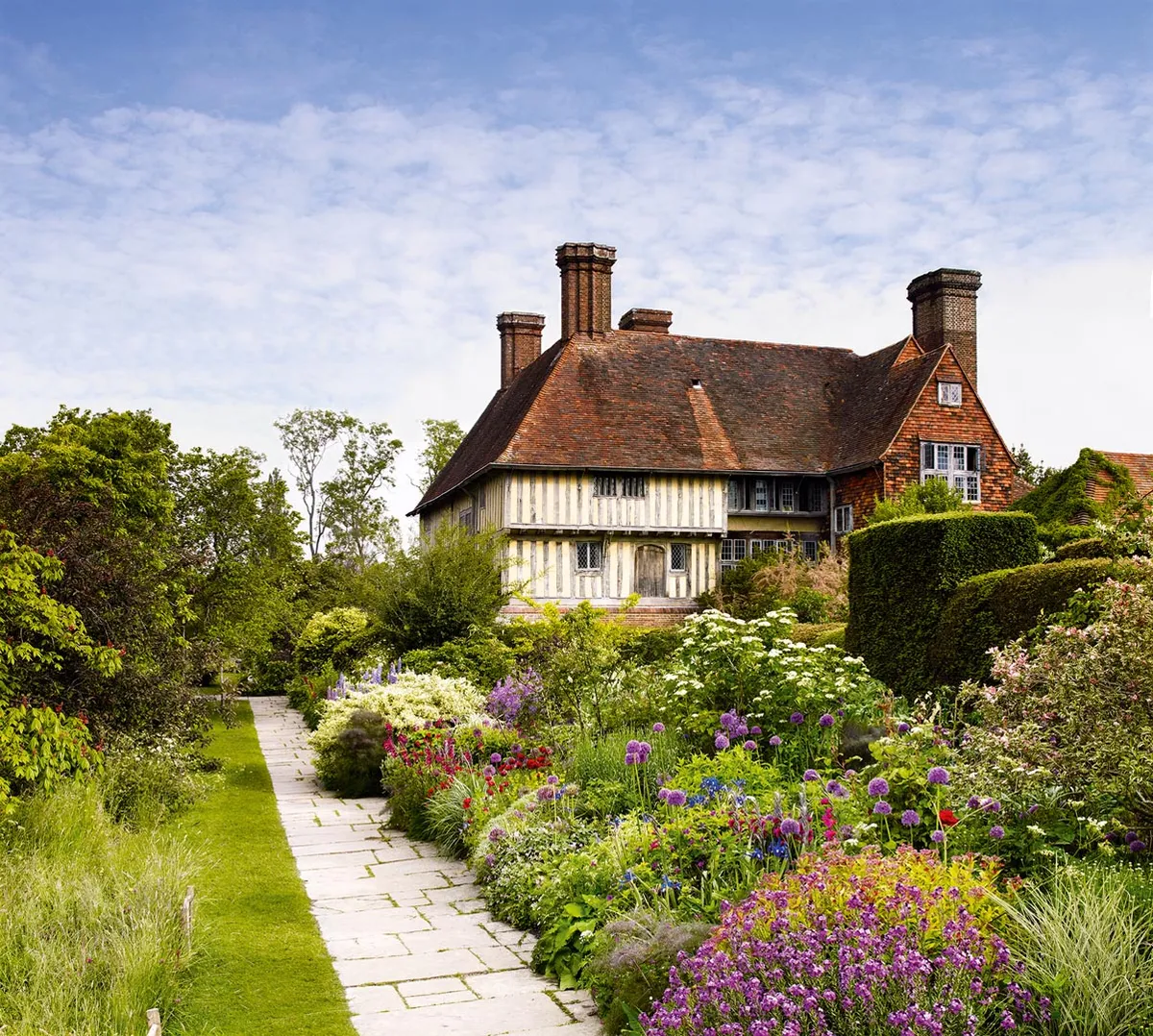
Designer Helen Elks-Smith says people often think that pushing the planting to the perimeter of a garden and leaving a space in the centre will make it look bigger. “In fact, the opposite is true. Boundary fences and hedges create strong verticals that draw the eye and create a sense of enclosure, making a space feel considerably smaller. Introducing layers of planting, paths, lawns and seating in the areas between you and those verticals will help to visually push the boundaries further away and make the garden feel larger.” To soften the vertical lines of a 1.8m-high fence with planting, she says, you should balance it out with a bed of the same depth. “Many shrubs are as wide as they are tall, and narrow beds will only accommodate one at the most, which will probably also need pruning annually to keep it to size. A wider bed allows more space for combinations of shrubs, climbers, perennials and bulbs that will disguise the boundaries and perform at different times of the year, so you always have something fabulous to look at.”
2. Buying all your plants in flower
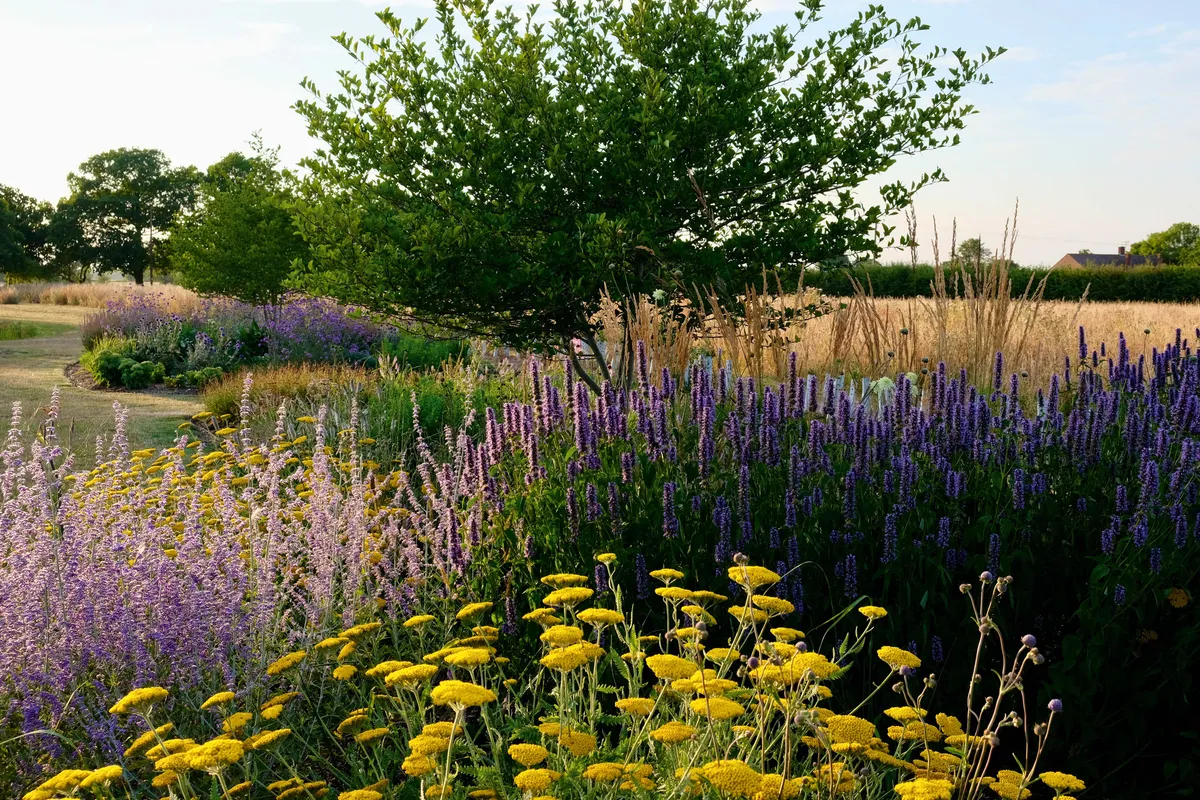
Many of us make changes to our garden when the weather improves in spring, but selecting new plants for instant impact has many pitfalls, says designer Sue Townsend. “Try not to be wooed by the flowers on display at the garden centre, which will offer a limited period of interest, leaving you with little to look at for the rest of the year. Instead, ask the nursery staff which plants are best for different seasons, or use online suppliers such as Crocus and Burncoose, which offer an extensive range of plants, plus details of how and when they perform. “I look at the garden as if I am the conductor of an orchestra, selecting plants for spring colour, summer flowers, autumn berries and foliage, and winter structure to create a continual performance. I think about how each plant will emerge, flower and fade, and group those with similar or contrasting shapes, textures or colours, depending on whether I want a calming or more dynamic scheme.”
3. Using intricate patterns and shapes
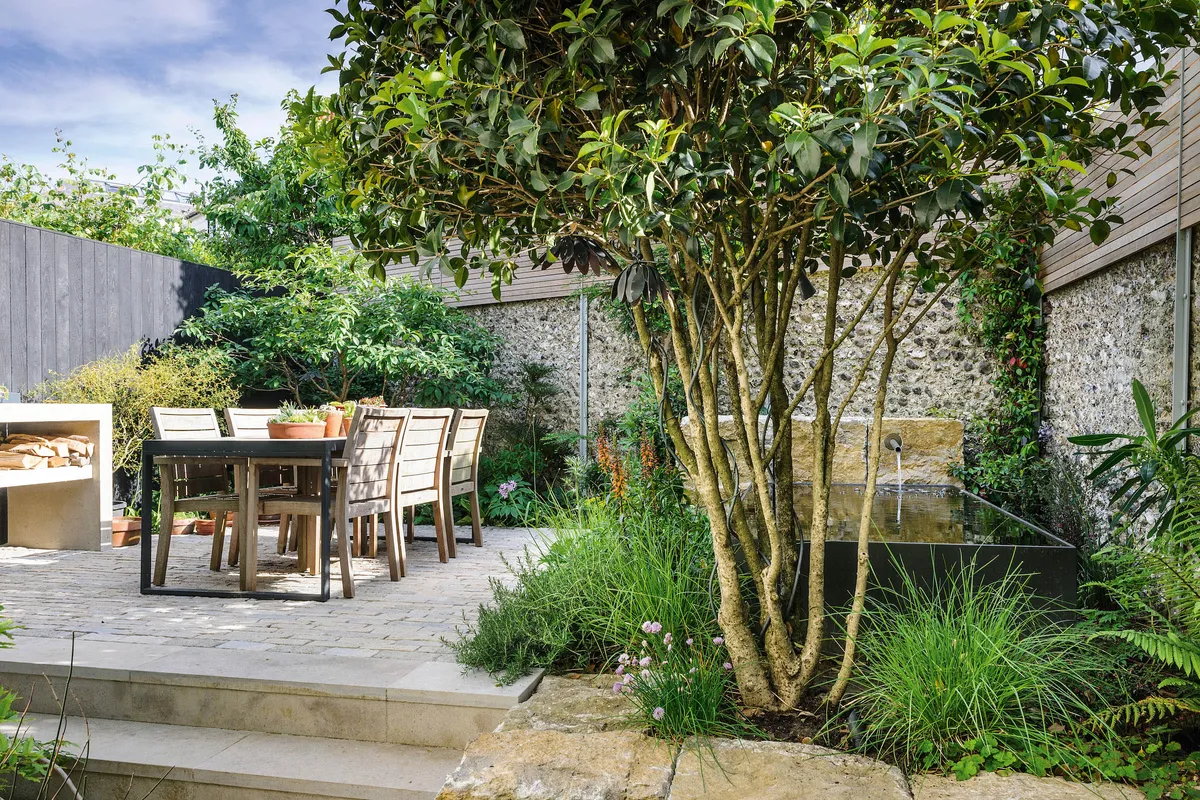
Creating a snaking or zigzagged border edge may seem like a good way to introduce detail and interest into your design, but celebrated designer Andy Sturgeon is not convinced. “The problem is that once you introduce plants and a lawn next to a wibbly wobbly border edge, the intricate shape is unreadable at eye level and can simply look messy. I use sweeping curves for borders that offer plenty of space for planting, or, for a more formal design, geometric squares and rectangles. You can also mix the two, with a rectangular patio, which will be cheaper to lay, and curved borders that take the eye through the garden. Also consider the ratio of hard to soft landscaping and aim for a 50:50 mix or thereabouts in a smaller garden; I usually err on the side of more planting than paving to prevent the garden from looking soulless.”
4. Tall walls and steps up one side of a slope
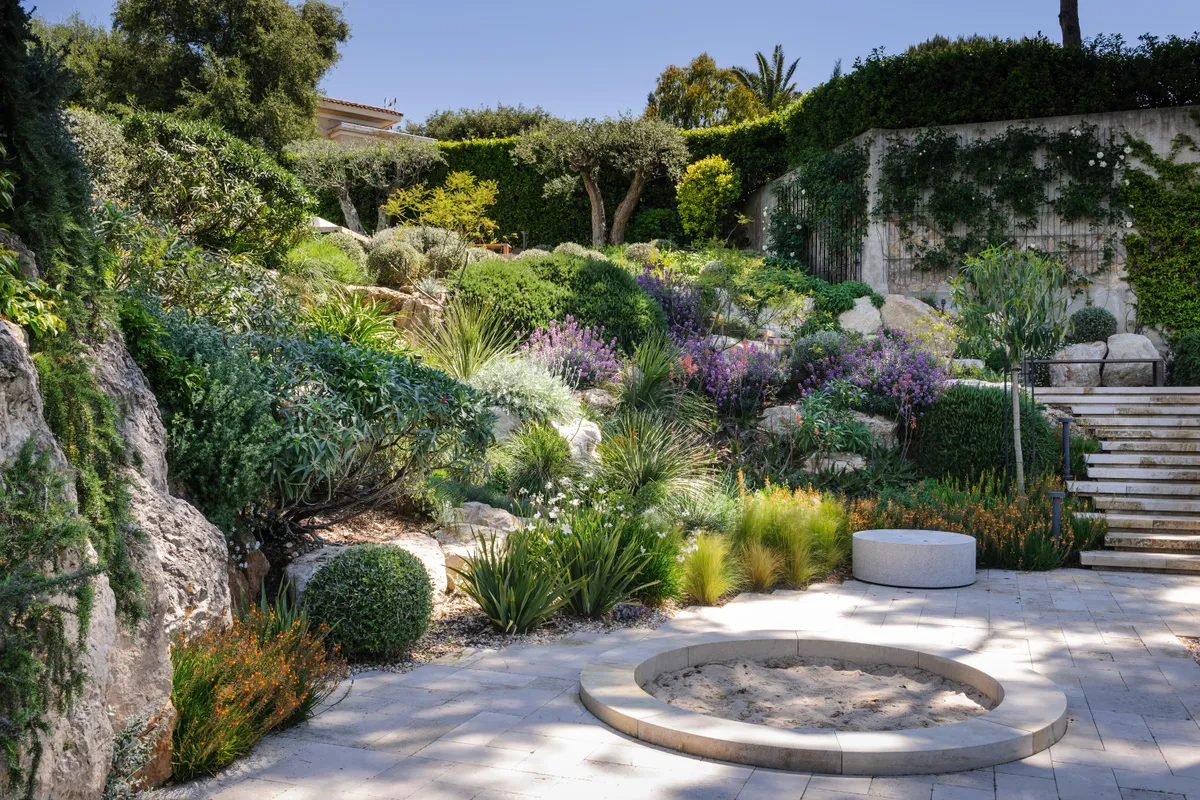
Sara Jane Rothwell, owner of London Garden Designer, has won awards for her sloping gardens and says that excavating a hillside to create large terraces is a practical solution, but tall retaining walls can look imposing when viewed from below. “This type of terracing can also come with a high price tag and a cost to the environment, too, if the soil is removed from the site. I prefer to work with the existing topography and, where possible, use planting instead of walls to keep the soil in place, linking smaller terraces or floating decks that offer key vantage points, with staggered flights of steps to create a meandering route to the top or bottom. Planting also absorbs rainfall and helps to prevent flooding. If you want to develop a slope, always call in a structural engineer to assess the site and ensure that any work will not destabilise your property or neighbouring buildings, or cause subsidence.”
You may also like
- 7 garden design rules you can break, and one you never should
- 6 secret tricks of garden designers
- 8 quick and easy hacks to make your garden look good
5. Always putting the patio next to the house

“A patio next to the house can work, but it’s not always the best place for seating or dining,” explains Tony Woods of Garden Club London. “Before installing a seating area, consider where it’s most likely to be used, which may be in the centre or at the end of the garden. For example, if you want to sit outside after work in the evening, a patio close to the house that gets the sun from breakfast until mid-afternoon will not be as practical as an area further away that catches the setting sun. Create privacy and shade around your seating with a pergola or planting that will also disguise the paving and envelop you with lush foliage. And when sizing up a patio, make sure it fits your table comfortably, and add twice the depth of the chairs to your measurements, to allow them to be pushed out without people falling off the edge.”
Before installing a seating area, consider where it’s most likely to be used, which may be in the centre or at the end of the garden
Tony Woods
6. Using tiny solar-powered lights
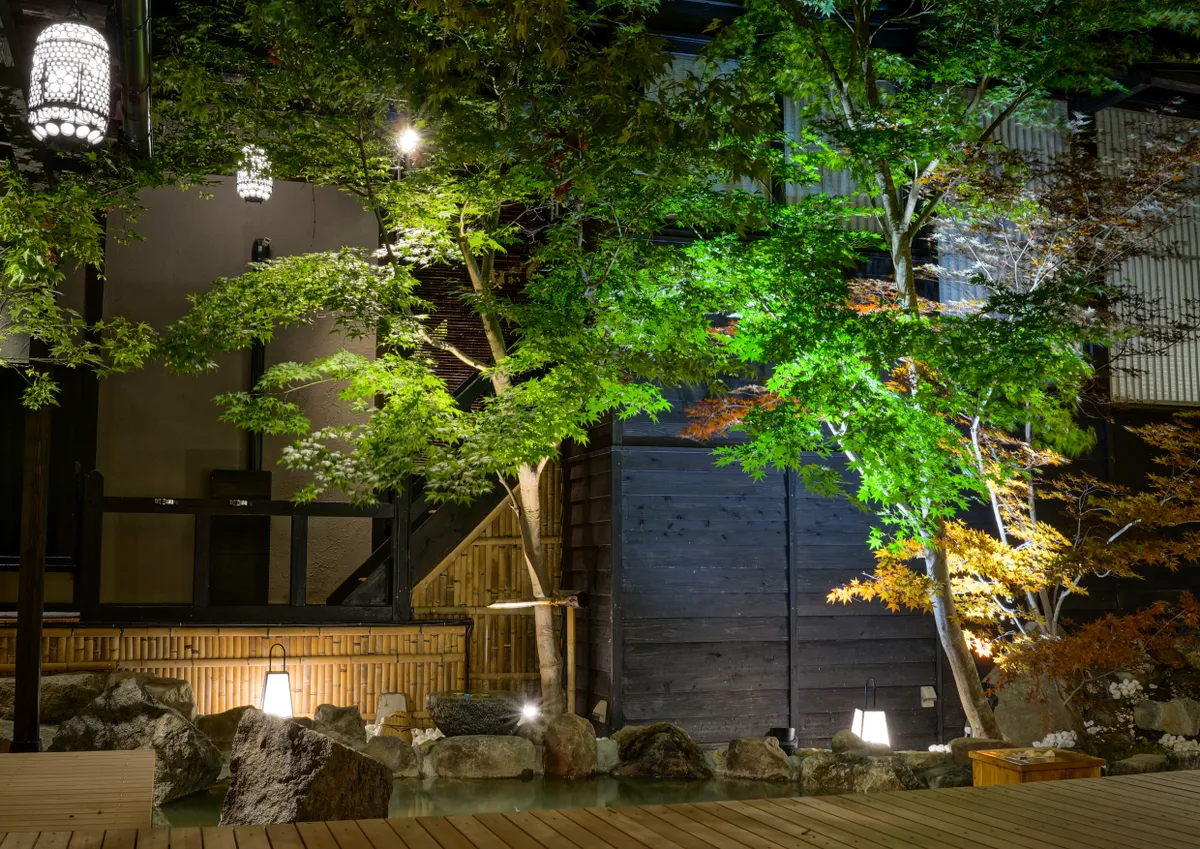
Designer Stefano Marinaz says that few solar-powered garden lights are powerful enough to illuminate a path, steps or a dining area, so their use is quite limited. Cheap units also break easily and often end up in landfill, countering any environmental benefits they may have. “LEDs powered by an outdoor electricity supply are the best options for picking out features such as trees and sculptures and for safe passage through the garden,” he advises. “Ask your supplier for dimmable lights on different circuits, so that you can control the brightness and which areas of the garden you want illuminated. I also use rechargeable, portable lamps for seating areas; easy to use, they cost little to run and look very stylish – Fermob and Davide Groppi have a good selection. When adding new lights to an existing system, check that the colours of the lamp bulbs all match too – ‘warm white’ is best for gardens, but if different whites are introduced, they will look out of place.”
Best solar garden lights to create a cosy glow
9 pretty festoon light sets to transform outdoor areas
7. Choosing parking over planting
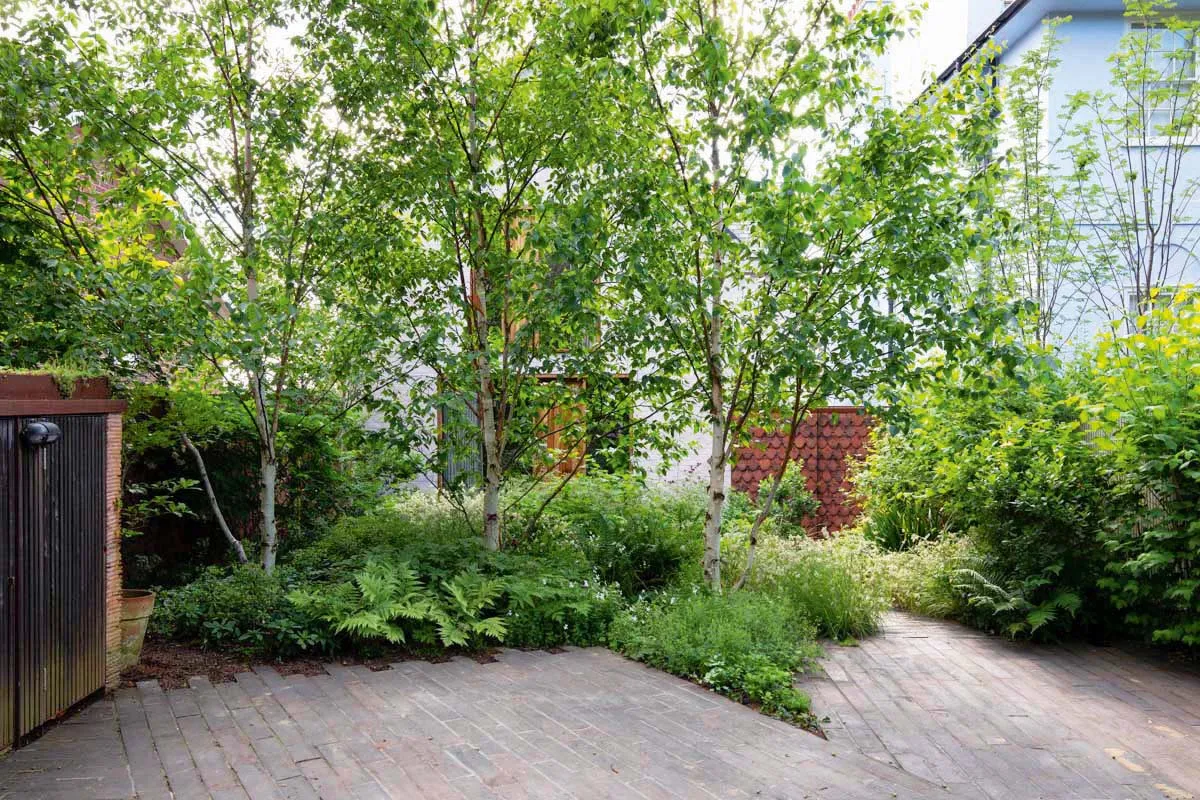
Paving your front garden is a simple way to create off-street parking but you may now require planning permission for an impermeable driveway, says designer Emma Griffin. “A combination of paving and planting is a better solution for the environment and will create a more beautiful space too. Planting will help to soak up rainwater and prevent localised flooding and it can be used on both horizontal and vertical surfaces, with perennials and bulbs in beds for seasonal colour, climbers on walls delivering foliage interest, and trees providing structure in larger spaces. Avoid lawns, which require weekly maintenance in summer, and you may need to drag the mower through the house if there’s no side access. Also consider permeable shingle instead of concrete, or add pockets of planting between strips of paving to support your car’s wheels. When choosing paving for a front garden, match it to the colours or materials on the house to create a visual link, too.”
8. Fast track from one end to the other

“While a straight path leading from the house to the back gate offers easy access, it denies you a more immersive experience of the garden,” says designer Gavin McWilliam. “Break up the journey with planting, trees, boulders or other features that hold the focus and help to mask negative views of, say, neighbouring properties or, in a rural setting, pylons. Also increase the sense of intrigue by not revealing the whole garden all at once. Partitioning it with hedges, trees, shrubs or other tall plants that offer glimpses of a pathway or partially hidden area will inspire people to explore further. Setting up views at each juncture, which lead the eye to a focal point such as a sculpture or water feature, will draw visitors through the space. You can achieve this effect in large or small gardens, using linear paths or more circuitous routes, depending on the look you want to achieve.”
A straight path offers easy access, but denies you a more immersive experience of the garden. Break up the journey with planting or other features that hold the focus
Gavin McWilliam
9. Squeezing in all the stuff you think you want
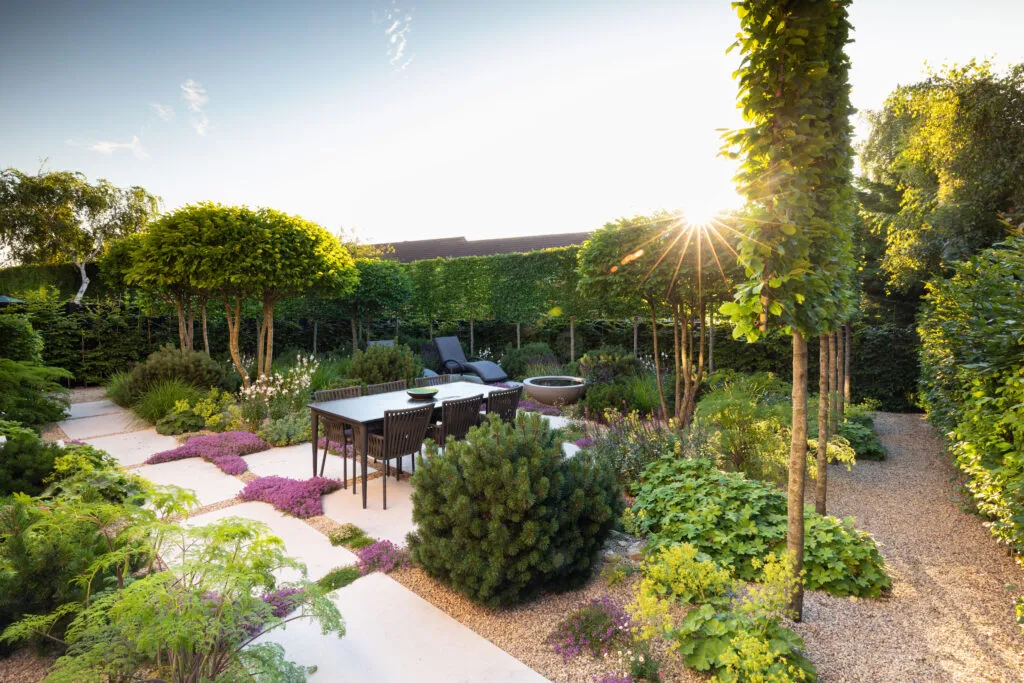
“People often install bulky sofas and chairs and large barbecues on a patio adjoining the house, which block the view of the garden in summer and create a barricade of ugly covers in winter,” says Amanda Buckland, owner of Greencube Design. “Avoid this mistake by looking at the garden through the windows of your home, and taking note of the views as you step outside to create a design with year-round appeal. Try using planting closer to the house, perhaps in raised beds, troughs or large pots, to frame views and disguise large items of furniture. And when choosing plants, include around 30 per cent with evergreen leaves and some colourful winter stems or berries to create a beautiful picture throughout the seasons from inside and out. Moving the patio away from the house helps to resolve the problem too, while clearing out clutter, such as small pots or ornaments, will also elevate the design.”
10. Using water to make a big splash
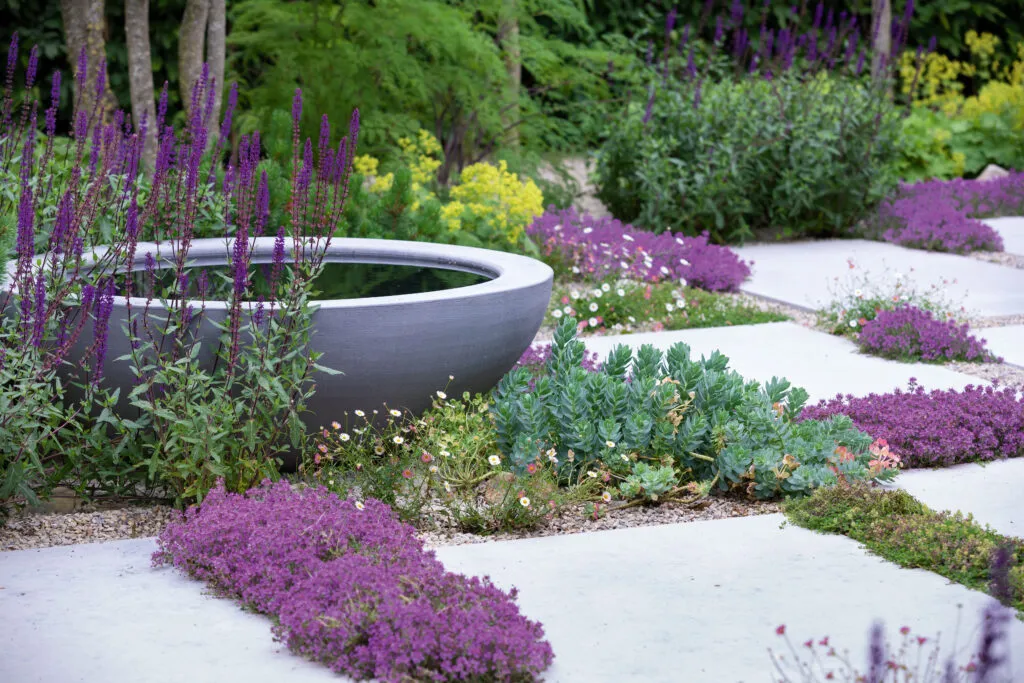
Water features make beautiful focal points and can draw in a host of wildlife, but keeping the water clear and ensuring your fountain does not sound like Niagara Falls requires some planning. “First, think about the style and size of the feature you would like and select materials that suit your design,” says designer Emily Erlam. “For example, a shiny metal feature will jump out visually, while a stone trough can be used to blend into the background. The feature should make sense in its setting, too, so ensure that a cascade or stream follows the natural contours of the garden. To keep the water clear, include a range of plants in a pond, or install a pump and water filtration system in a self-contained unit. If you plan to spend a lot of money on your feature, call in an expert to ensure that it’s installed properly, the wiring and pumps are well hidden, and the water levels and flow offer the desired look and sound.”
More on



